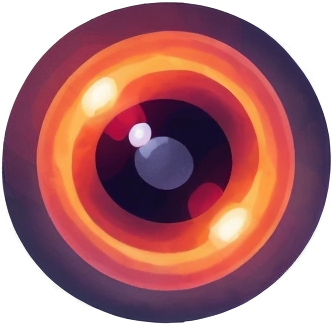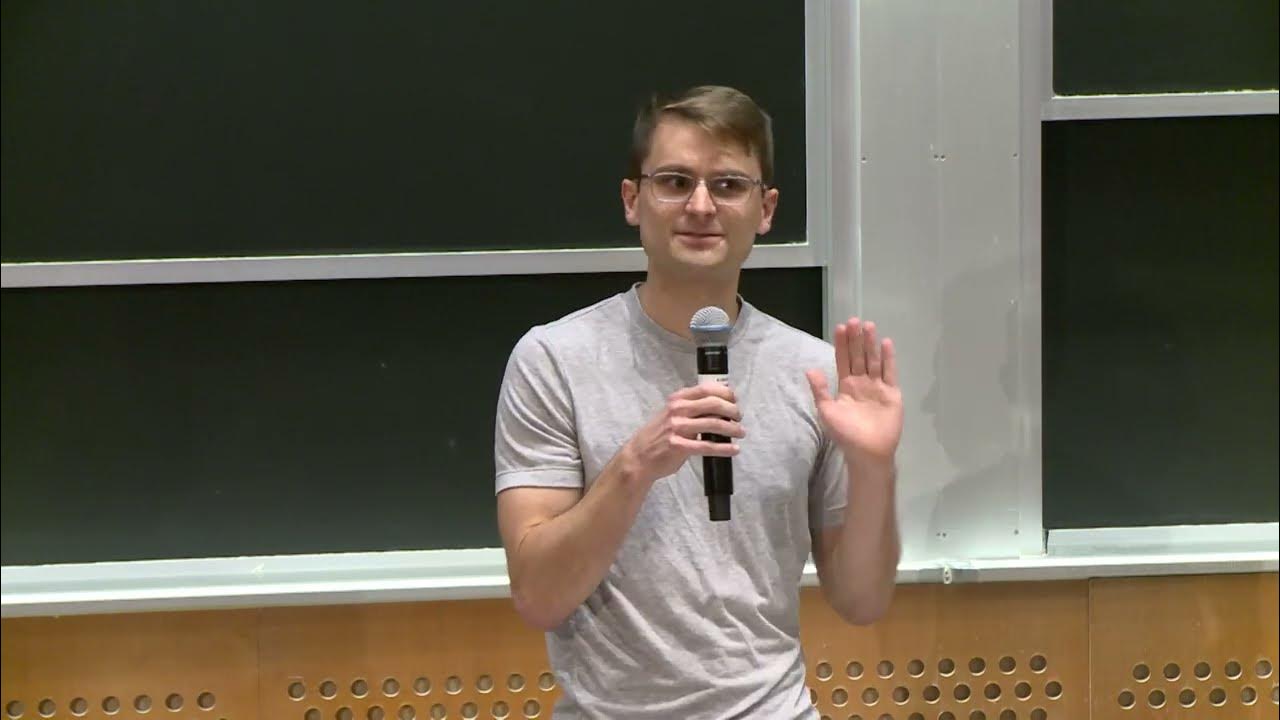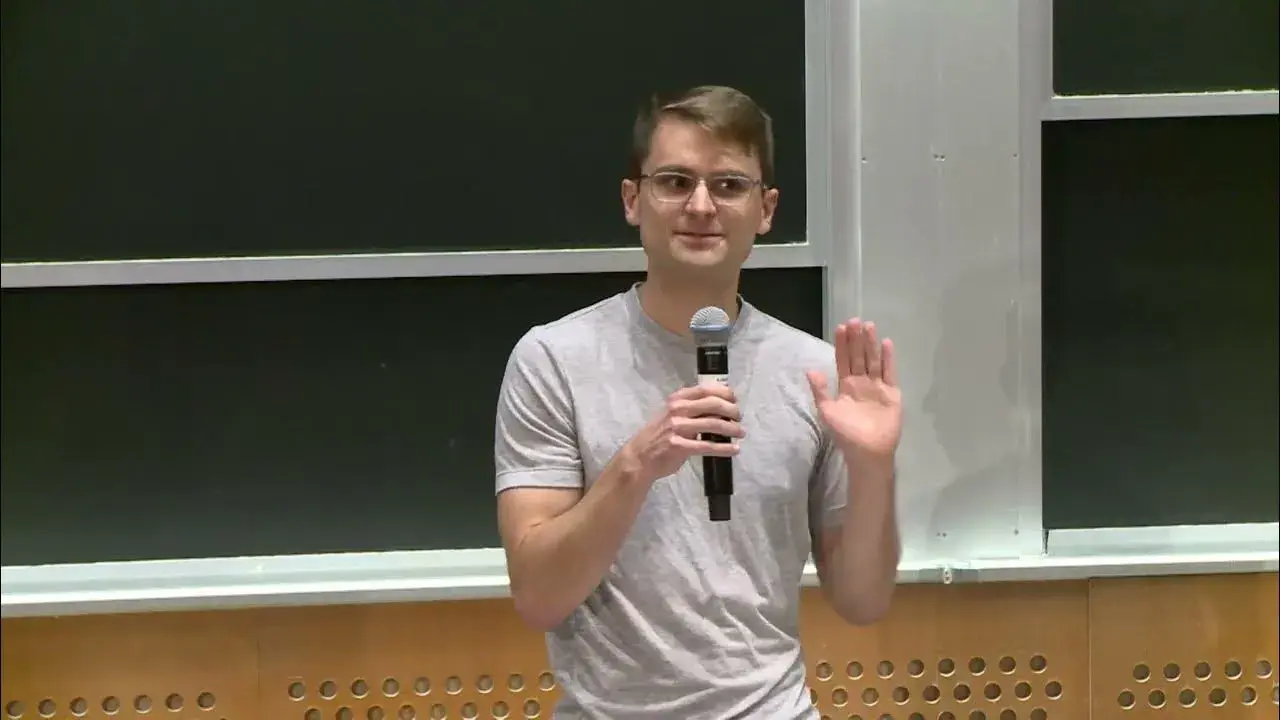
Moved from @[email protected]
- 12 Posts
- 69 Comments
 4·11 months ago
4·11 months ago

 141·11 months ago
141·11 months agoAFAIK, they are used as relays.
From https://en.wikipedia.org/wiki/1-bit_computing#1-bit
Computers and microcomputers may also be used, but they tend to overcomplicate the task and often require highly trained personnel to develop and maintain the system. A simpler device, designed to operate on inputs and outputs one-at-a-time and configured to resemble a relay system, was introduced. These devices became known to the controls industry as programmable logic controllers (PLC).
See also the playlist linked in the other comment with more explanations:
1-Bit Breadboard Computer - Usagi Electric (YouTube)

 16·11 months ago
16·11 months agoFor those curious about 1-bit computers, see Usagi Electric’s playlist:

 4·11 months ago
4·11 months agoIf you use the address bar frequently, you may be interested in JS bookmarklets with params:
Not the first time someone says it fails.
But I cannot get it to fail, it works for me.
You can try the RSS button on their Tapas profile: https://tapas.io/series/Doodle-Time/info

 1·1 year ago
1·1 year agoThanks!

 1·1 year ago
1·1 year agoI tried Pixelfed (very briefly) not so long ago. I didn’t find a propper way to search for content. How do you discover new content?
Kill Sticky to “Kill off the annoying floating things blocking the website you’re trying to see.”
Notes:
- In some pages it removes too much and it breaks the page.
- It’s not automatic, you need to click it manually. Because the previous point, it wouldn’t be practical to always execute it.
Starting from the 3rd post, most of them are full stories. But I haven’t read everything, so I’m not sure how much of it is really scifi, although he’s most known for his cyberpunk stories in the 80s and 90s.
Here you have one I posted previously: “Homo sapiens declared extinct” by Bruce Sterling (1999)
From his wikipedia page:
Michael Bruce Sterling (born April 14, 1954) is an American science fiction author known for his novels and short fiction and editorship of the Mirrorshades anthology. In particular, he is linked to the cyberpunk subgenre.
Sterling’s first science-fiction story, Man-Made Self, was sold in 1976. He is the author of science-fiction novels, including Schismatrix (1985), Islands in the Net (1988), and Heavy Weather (1994). In 1992, he published his first non-fiction book, The Hacker Crackdown: Law and Disorder on the Electronic Frontier.[1]
The only one I know is Bruce Sterling’s medium:
https://bruces.medium.com/
Credit: Saturday Morning Breakfast Cereal - 2006-12-14
Bonus panel


 1·1 year ago
1·1 year agoI’ve been waiting for years for “non-destructive edition” (AKA smart objects). It’s a fundamental feature that I use (almost?) always as a first step. IMHO a lof of professional work is not practical without it.
They had it on the roadmap (see 2020 archive) for years marked as “No[t started]”. The current roadmap looks more promising with “link layers” marked as WIP and saying it could be available on GIMP 3.0.2.

 1·1 year ago
1·1 year agoThen I have no idea :/.
Good luck!

 1·1 year ago
1·1 year agoThat’s weird. The only reason I can think of is, if you have tweaked with
userChrome.css, the toolbar with the question may not be visible. I say that because it has happened to me :). You can try restarting with add-ons disabled (viaabout:profiles) and see if there is any difference.EDIT: Another option would be that there is some setting I’ve changed to allow this. But if I did, I don’t remember doing it :/.
Here it is how it should look like:


 23·1 year ago
23·1 year agoOther proposed solutions are valid, I just wanted to add that…
So in my address bar I can type work and it will open up 5 pages that will be associated to that keyword.
To get exactly this behaviour, you can have a bookmarklet with the keyword
workand this in the URL field:javascript:(() => { ['https://ddg.gg', 'https://google.com'].forEach(w => window.open(w)) })();Some notes:
- You can change the list of URLs with what you want to be open.
- The first time you run it, it will ask you to allow it to open multiple tabs. But it should remember the answer for next executions.
- Is possible to add arguments for advanced use cases








I also added the source there :)